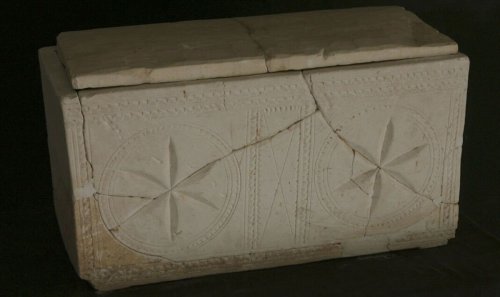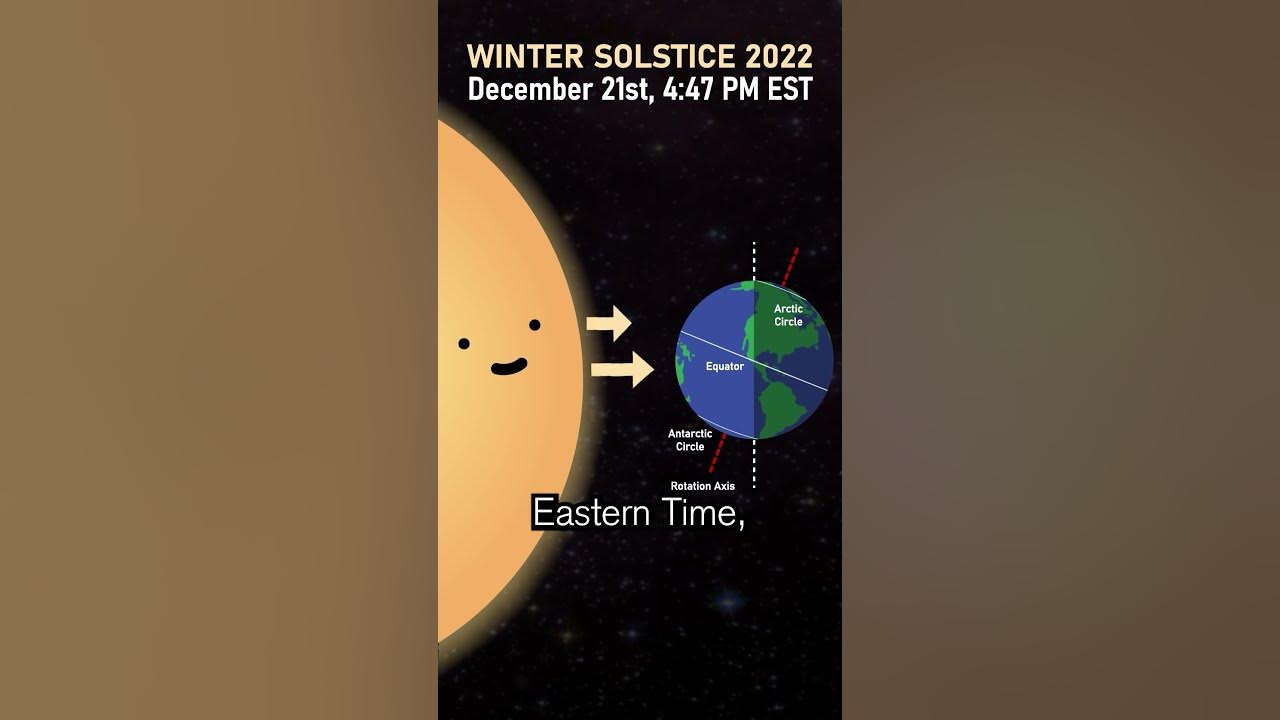


The ISRO-developed solar observation mission captured the CME using its Visible Emission Line Coronagraph (VELC), helping scientists predict the trajectory of these dangerous events, and protect critical infrastructure such as power grids and satellites. This milestone adds to India's recent achievements in space, including the successful mission to the Moon's south pole with Chandrayaan-3.
Aditya-L1: India's Mission to Unravel the Mysteries of the Sun
The Indian Space Research Organization (ISRO) has embarked on an ambitious mission to study the Sun, the life-giving star at the heart of our solar system. The Aditya-L1 mission, named after the Hindu sun god, aims to unravel the mysteries of the Sun's magnetic field, solar flares, and coronal mass ejections (CMEs).
Background
The Sun's vast and dynamic magnetic field plays a crucial role in shaping its atmosphere and behavior. Solar flares are sudden bursts of energy that can reach millions of degrees Celsius and emit intense radiation. CMEs are massive clouds of charged particles that are ejected into space, potentially disrupting satellite communications and damaging power grids.
Understanding the behavior of the Sun is essential for predicting and mitigating its effects on Earth. However, observing the Sun's faint corona, where most flares and CMEs originate, requires specialized instruments and a vantage point outside Earth's atmosphere.
Aditya-L1 Mission
The Aditya-L1 mission will place a dedicated satellite at the first Lagrangian point (L1) between Earth and the Sun, approximately 1.5 million kilometers from our planet. This location offers a clear view of the Sun's corona without interference from Earth's magnetic field or atmosphere.
The satellite will be equipped with seven scientific instruments, including:
These instruments will provide a comprehensive view of the Sun's corona, enabling scientists to study the evolution of magnetic fields, the dynamics of solar flares, and the origin of CMEs.
Significance
The Aditya-L1 mission is a significant milestone for India's space program and a major contribution to global solar research. The mission is expected to:
FAQs
1. Why is it important to study the Sun?
Studying the Sun helps us understand the behavior of a star, the impact it has on our planet, and its role in the solar system.
2. What are solar flares and CMEs?
Solar flares are sudden bursts of energy on the Sun, while CMEs are massive clouds of charged particles that are ejected into space.
3. How will the Aditya-L1 mission benefit India?
The mission will advance India's space program and provide valuable data for predicting and mitigating the effects of solar events on critical infrastructure.
4. When is the Aditya-L1 mission scheduled to launch?
The launch of the Aditya-L1 mission is scheduled for June 2023.
5. Are there any similar missions to Aditya-L1?
Yes, the NASA-ESA Solar Orbiter mission is currently studying the Sun from a close-up vantage point.

A bone box with the inscription "James, son of Joseph, brother of Jesus" was recently put on display in Atlanta, Georgia. The box is believed to have once held the remains of James the Just, brother of Jesus, making it the oldest physical evidence of Jesus. Despite some controversy and accusations of forgery, the box has been declared authentic by experts.

As the winter solstice approaches on December 21st, the Northern Hemisphere will experience the shortest day and longest night of the year. This natural phenomenon has captivated people for centuries, with ancient traditions and festivals taking place around the world. Through science, we can understand why this occurs and how it affects different regions of the world differently.

Every year, the Northern Hemisphere experiences the arrival of winter on the winter solstice, which marks the shortest day and longest night due to the Earth's tilt on its axis. As the North Pole is furthest from the sun, it receives the least amount of sunlight, resulting in a gradual lengthening of days towards the arrival of spring. This year, the winter solstice falls on December 21 and will be celebrated by people worldwide in various ways to mark the significant celestial event.

In a miraculous surgery, doctors at Kurnool Government General Hospital successfully removed a one-foot stick from the stomach of a 12-year-old boy who had fallen from a tree and suffered an abdominal injury. The head of the Paediatrics Department, Dr Shiva Kumar, along with doctors from the orthopaedic and anaesthesia departments worked together to perform the three-hour long surgery. The patient, Irfan, is now able to walk on his own and is expected to make a full recovery in a month.

NASA has released stunning new images of two nearby star clusters that resemble a wreath and a Christmas tree. These clusters, known as NGC 602 and NGC 2264, are located in the Small Magellanic Cloud and are made up of young stars. The images were created by combining data from NASA's Chandra X-ray Observatory and James Webb Space Telescope. As we celebrate the winter solstice, take a moment to marvel at these cosmic Christmas decorations.

Vladimir Putin's announcement about the development of a cancer vaccine in Russia has stirred up a wave of hope among patients and experts alike, with its promised release for general use as early as 2025. As the world grapples with the devastating effects of cancer, the Russian vaccine, developed with the help of AI technology, could potentially revolutionize the way we understand and treat the disease. However, with other countries also racing to develop their own versions of cancer vaccines, the competition is stiff, and the details of Putin's claim are yet to be revealed. If successful, this could mean the end of the world's biggest killer.

Indian-American astronaut Sunita Williams and her colleague Barry Wilmore have been stuck at the International Space Station for six months due to a malfunctioning spacecraft. Their rescue mission has been further delayed as NASA announced a delay in the return flight on SpaceX's Crew-9 Dragon capsule. They are now expected to spend close to ten months in space, raising concerns about their health as astronauts require twice as many calories in space due to changes in their metabolism. NASA's Commercial Crew Programme Manager has commended the SpaceX team for their efforts in preparing a new spacecraft for the mission.

Russian scientists have developed a vaccine that may be able to treat cancer, offering hope to patients who previously had no guaranteed cure. The vaccine is currently in testing and is expected to be available in early 2025. While there is still more testing to be done, pre-clinical trials have shown promising results in slowing the growth and spread of cancer. It will be available for free in Russia, but there is no information yet on which types of cancer it will treat or what the name of the vaccine will be. Similar treatments are also being developed in other countries, such as the UK.

Towana Looney, who had been on dialysis for eight years, became the fifth American to receive a gene-edited pig kidney transplant at New York University Hospital. The transplant was a success, with the kidney immediately turning a healthy color and functioning properly. This groundbreaking procedure is expected to become a lifesaving technology for many patients suffering from organ failure.

With the Gaganyaan mission quickly approaching, the Indian Space Research Organisation (Isro) has made significant progress in its preparations. All propulsion systems for the launch vehicle are ready, the crew escape system has been tested, and the crew and service modules are in the process of integration. According to the reply by Minister of State for Space Dr Jitendra Singh, the first uncrewed mission is targeted for the end of 2024, with a series of further missions set for 2025 and 2026. With all the ground infrastructure and support systems in place, India is gearing up for a historic first crewed mission in 2026.